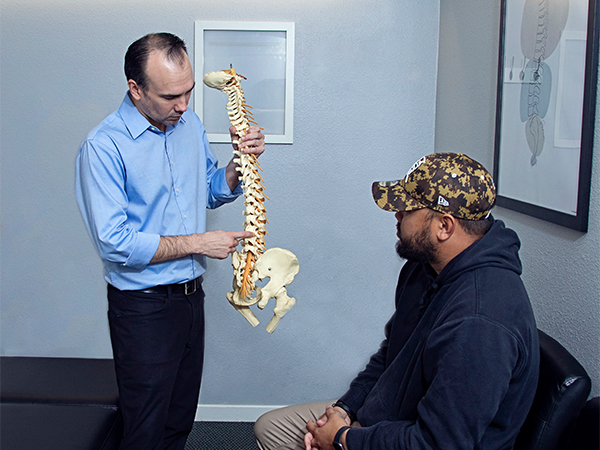
Injuries are an unfortunate part of life. Whether it's a sprained ankle from a misstep or a strained muscle from lifting something heavy, injuries can range from minor inconveniences to major setbacks. Regardless of the severity, one thing remains constant - the importance of rehabilitative exercises in the recovery process.
What Are Rehabilitative Exercises?
Rehabilitative exercises play a crucial role in helping individuals regain strength, mobility, and function after an injury. They are designed to promote healing, prevent further damage, and restore the body to its pre-injury state. By engaging in these exercises, you can not only expedite your recovery but also minimize the risk of re-injury in the future.
When you sustain an injury, your body goes through a healing process. Inflammation sets in, followed by tissue repair and remodeling. However, this natural healing process can sometimes lead to the formation of scar tissue, which can impede proper movement and function. This is where rehabilitative exercises come into play.
By engaging in targeted exercises, you can break down scar tissue, improve blood circulation, and promote the growth of healthy tissue. Additionally, these exercises help to restore flexibility, range of motion, and strength to the affected area. They also aid in retraining your muscles and joints to function properly, reducing the risk of compensatory movements that can lead to further injuries.
Types of Rehabilitative Exercises Commonly Used in Chiropractic Care
There are various types of rehabilitative exercises commonly used in chiropractic care, each serving a specific purpose in the recovery process. Some of these exercises include:
- Range of motion exercises: These exercises aim to improve flexibility and restore full range of motion to the affected joint or muscle. They involve gentle movements that gradually increase in intensity, helping to reduce stiffness and improve overall mobility.
- Strengthening exercises: These exercises focus on rebuilding muscle strength in the injured area. They typically involve resistance training, using weights, resistance bands, or bodyweight exercises. By gradually increasing the intensity of the exercises, you can regain strength and stability in the affected muscles and joints.
- Balance and stability exercises: These exercises are crucial for improving balance, coordination, and postural alignment. They often involve standing on one leg, using balance boards, or performing exercises that challenge your stability. By incorporating these exercises into your routine, you can enhance proprioception and reduce the risk of falls.
- Functional movement exercises: These exercises aim to replicate everyday movements and activities to restore function and improve overall performance. They may involve movements such as squatting, lunging, or lifting objects. By practicing these movements in a controlled environment, you can regain confidence and function in your daily activities.
The Benefits of Rehabilitative Exercises for Healing and Recovery
Engaging in rehabilitative exercises offers numerous benefits for healing and recovery. Firstly, these exercises help to reduce pain and inflammation associated with injuries. By increasing blood flow to the affected area, they promote the delivery of oxygen and nutrients, which are essential for tissue repair and healing.
Rehabilitative exercises also play a vital role in restoring strength to injured muscles and joints. Through targeted exercises, you can rebuild muscle mass and improve joint stability, thereby reducing the risk of future injuries. Additionally, these exercises aid in improving balance and coordination, which are crucial for preventing falls and maintaining overall body function.
Additionally, rehabilitative exercises help to optimize the functionality of the musculoskeletal system. By addressing any imbalances or dysfunctions, they promote proper alignment and movement patterns. This not only enhances your physical performance but also reduces the risk of compensatory movements that can lead to chronic pain and injury.
Lastly, engaging in rehabilitative exercises can have a positive impact on your mental well-being. Physical activity releases endorphins, which are natural mood boosters. By incorporating exercise into your recovery routine, you can experience an improved mood, reduced stress levels, and enhanced overall quality of life.
Recovering Strong with the Help of Accident and Injury Chiropractic
Rehabilitative exercises, especially when combined with chiropractic care, offer a holistic approach to healing and recovery. They help to break down scar tissue, improve blood circulation, restore flexibility and range of motion, and rebuild strength and stability. By addressing the underlying issues that may have contributed to your injury, these exercises promote long-term healing and thriving.
If you're recovering from an injury, consult with our chiropractor who can guide you through a personalized rehabilitative exercise plan that suits your specific needs. Visit Accident & Injury Chiropractic at our office in Tacoma, Washington, or call (253) 215-8350 to schedule an appointment today.





